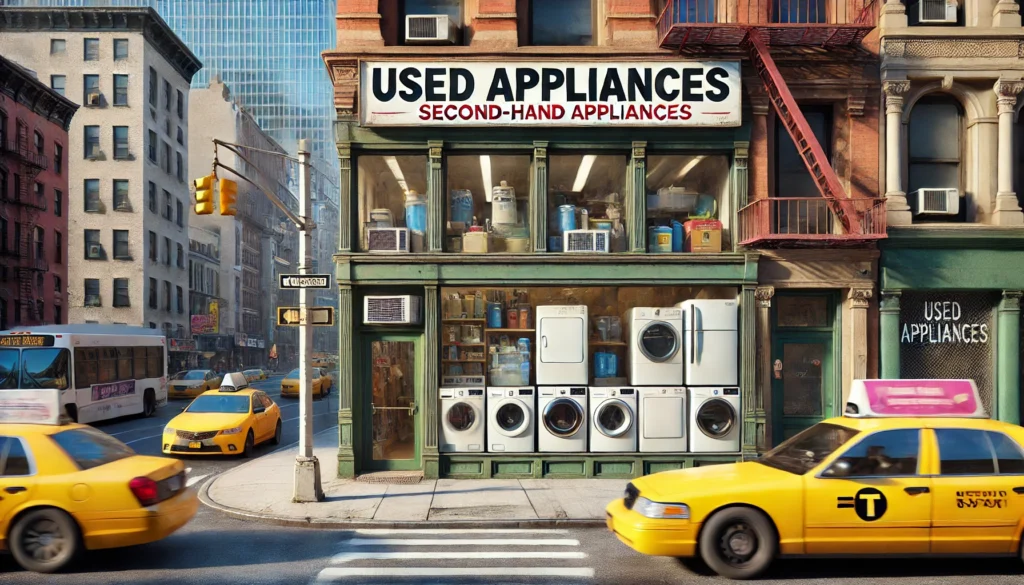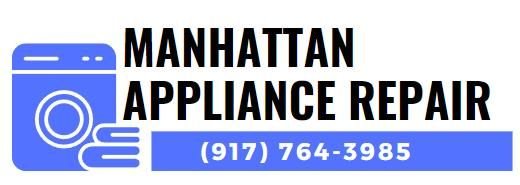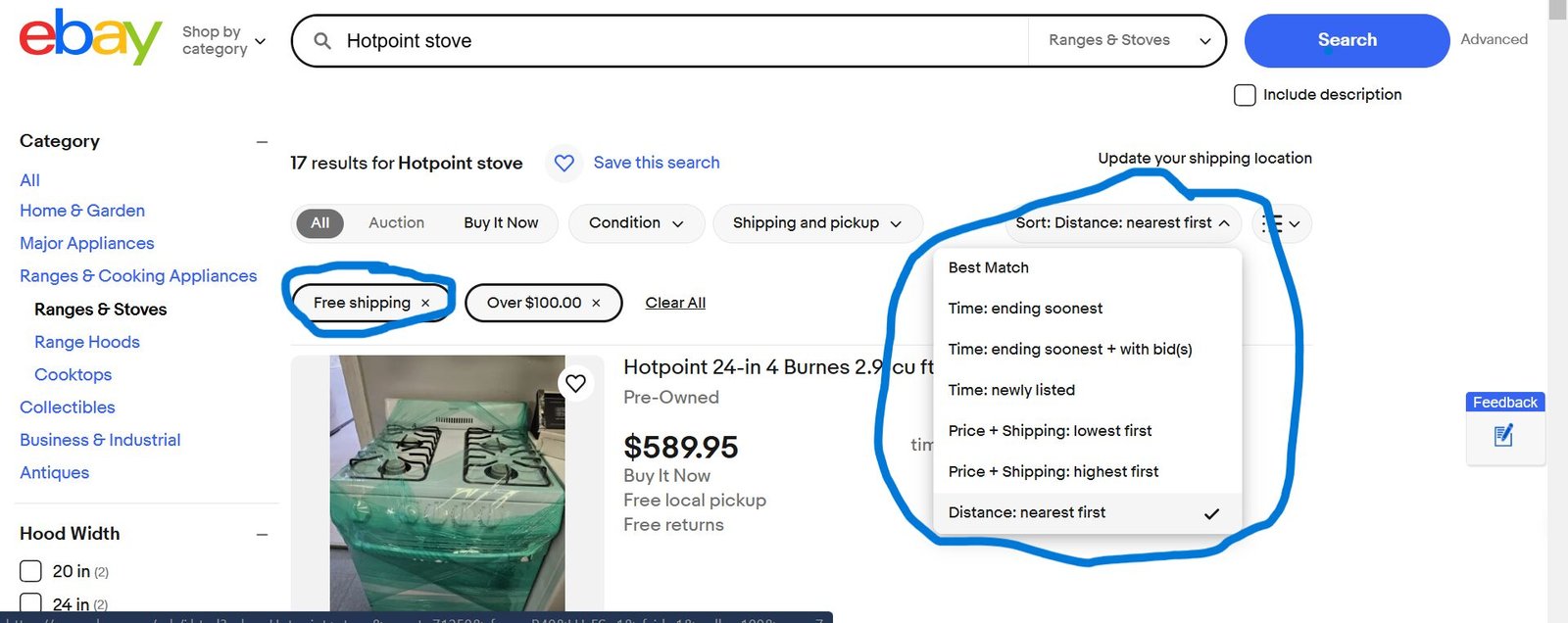
Save Money, Reduce Waste, and Find the Perfect Fit
Manhattan is a place of endless possibilities—from quaint brownstone blocks to ultra-modern high-rises. Yet buying brand-new appliances here can be intimidating and expensive. That’s where second-hand shopping shines. Used appliances in Manhattan can save you hundreds (if not thousands) of dollars, help the environment, and occasionally land you a luxury brand at a bargain. This streamlined guide shows you exactly how to find, evaluate, and transport second-hand appliances—without the usual stress.
Table of Contents
- Why Buy a Second-Hand Appliance in Manhattan?
- Where to Search for Second-Hand Appliances
- Important Considerations Before Buying
- Negotiation Tactics and Pricing Tips
- Transporting Your New Purchase
- Refurbishing and Repairs
- Extra Value: Digital Tools & Smart Strategies
- Sustainability and Community Impact
- Final Thoughts: Making the Most of Second-Hand Finds
1. Why Buy a Second-Hand Appliance in Manhattan?
- Cost Savings: Buying new can break the bank in New York. Used appliances often cost 30–60% less.
- High-End Finds: Luxury models like Sub-Zero or Miele may pop up in upscale neighborhoods when residents upgrade.
- Environmental Benefits: Reusing goods cuts landfill waste and reduces the demand for new manufacturing.
- Unique Vintage Aesthetics: Retro-style ovens or pastel fridges add character you can’t get from current stainless-steel trends.
2. Where to Search for Second-Hand Appliances
Leverage these resources—both online and local—for the best deals:
Thrift and Resale Stores
- Goodwill – Perfect for small kitchen items like microwaves or coffee makers.
Goodwill NY/NJ - Housing Works – Known for high-quality thrift finds and occasional brand-name appliances.
Housing Works Locations - Habitat for Humanity ReStore (Queens) – A short trip can yield great prices on large appliances like washers/dryers.
Local Online Marketplaces
- Facebook Marketplace – Set a radius to focus on Manhattan ZIP codes.
- Craigslist – A classic platform for finding diverse options; search by brand or item type.
- OfferUp & Nextdoor – App-friendly with local verification for safer transactions.
Community Platforms and Groups
- Neighborhood Facebook Groups – E.g., “Upper East Side Swap & Sell.”
- Local Email Lists/Chats/Forums – Some co-ops have internal lists; a treasure trove for neighbors’ spare appliances.
- NYC Freecycle – Gifting platform for free items (might need minor repairs).
Freecycle
Stoop Sales and Flea Markets
- Stoop Sales – Especially common on weekends in spring/summer months.
- Chelsea Flea Market – Famous for eclectic finds, from vintage ovens to collectible mixers.
Chelsea Flea Market
Contacting Appliance Installers
- Why It Works: Installers remove still-functional appliances when clients upgrade and may store or resell them cheaply. You might even be able to save them from the scrap yard, or buy more than 1 appliance to resell and pay for your new ‘used’ appliance.
eBay Deals
- Refurbished Listings: “Certified refurbished” or “seller refurbished” options often include basic warranties.
- Used Listings: Used appliances are generally going to be about 50% cheaper than buying new on eBay, postage will usually be added on due to the cost of delivering a large unit.
- Example: Used – Hotpoint Stove
- Saved
Searches: eBay will email you when new listings match your criteria.
Bottom Line: Combine local and digital resources to find the best second-hand appliance for your needs.
3. Important Considerations Before Buying
Measuring Your Space
- Dimensions of the allotted spot (height, width, depth).
- Hallways, doorways, stairwells, and elevator specifics.
- Confirm all measurements to avoid heartbreak on delivery day.
Checking Condition and Age
- Exterior: Watch for dents or rust.
- Interior: Check for mold, broken shelves, or discoloration.
- Performance: Request a demo or a short video if possible.
Verifying Warranties and Brand Reputation
Some high-end appliances might still be under a manufacturer’s warranty. Reliable brands such as Bosch, LG, Whirlpool, Miele, GE, or Samsung have good support networks.
Energy Efficiency and Operating Costs
Energy Star models may cost a little more initially but could save you significantly on monthly bills.
Co-op and Condo Regulations
- Board Approval: Some buildings restrict washers/dryers or gas stoves.
- Noise and Size Limits: Particularly in pre-war buildings.
- Check Hookups: Confirm if your unit supports gas or electric for stoves/dryers.
4. Negotiation Tactics and Pricing Tips
- Research Retail Costs: Aim for 30–60% below a brand-new model’s price.
- Polite Yet Firm: Ask if the price is flexible and be prepared to walk away if it’s not.
- Bundle & Save: If someone’s selling multiple appliances, offer one combined deal.
- Leverage Moving and Repair Costs: If you face a 5th-floor walk-up or a needed part replacement, use that to negotiate.
5. Transporting Your New Purchase
Scheduling Building Deliveries
- Freight Elevators: May need a reservation days in advance.
- Certificate of Insurance: Required by many larger buildings for movers.
Hiring Moving Services or Rent-a-Van
- Local Moving Companies: E.g., Piece of Cake Moving & Storage, Dumbo Moving + Storage.
- Truck Rentals: U-Haul or Zipcar options if you have enough helping hands.
- Gig Economy: TaskRabbit or Dolly for flexible, on-demand help.
Eco-Friendly Transport Options
- Cargo Bikes: Practical for smaller appliances; no carbon footprint.
- Shared Moving Trucks: Coordinate with neighbors to split costs and reduce emissions.
6. Refurbishing and Repairs
DIY Fixes
- Surface Refresh: Appliance-safe paint or enamel can hide cosmetic wear.
- Minor Part Swaps: Easy replacements like knobs, handles, light bulbs, or door seals.
Professional Repairs
Manhattan Appliance Repair can handle leaks, wiring issues, or more complex mechanical fixes.
Finding Replacement Parts
- Appliance Parts Pros: Offers new and used OEM parts.
- Local Hardware Stores: Manhattan’s specialty shops might source vintage or hard-to-find components.
- Salvage Yards/Reclamation Centers: Big Reuse in Queens can sometimes be a goldmine.
- eBay: Use eBay to find cheap used replacement parts that are working.
7. Extra Value: Digital Tools & Smart Strategies
- Price-Tracking & Alerts
- IFTTT or RSS alerts for specific keywords on Craigslist, Marketplace, etc.
- Saved searches on eBay for instant notifications.
- Augmented Reality Apps
- RoomSketcher / Planner 5D: Plan kitchen/laundry layouts digitally.
- Measure (iOS/Android): Quick doorframe checks.
- Building & Public Data
- NYC Department of Buildings: Look up special plumbing or electrical constraints.
- Local Social Media Feeds
- Instagram/TikTok thrifters frequently showcase new arrivals in Manhattan stores.
- Group Buys & Micro-Communities
- Teaming up with neighbors/friends can lower prices and cut delivery costs.
8. Sustainability and Community Impact
- Reduced Waste: NYC aims for zero waste by 2030; every reused appliance helps.
- Supporting Local Nonprofits: Shopping at Housing Works or Goodwill benefits charitable programs.
- Stronger Neighborhood Bonds: Platforms like Nextdoor link you with local residents for sales, swaps, and ongoing connections.
9. Final Thoughts: Making the Most of Second-Hand Finds
Buying a second-hand appliance in Manhattan can be a win-win: saving money, helping the planet, and discovering hidden treasures. A quick checklist to keep in mind:
- Plan Your Budget & Research: Know what you can afford and the retail price you’re undercutting.
- Measure Thoroughly: Confirm the route from the truck to your kitchen to avoid “elevator fiascos.”
- Check Building Rules: Talk to your landlord or co-op board before committing.
- Negotiate & Arrange Transport Early: Be polite but firm; factor in moving challenges.
- Refurbish/Repair: A little TLC or a pro repair can make a used appliance feel brand-new.
Remember: By combining local thrifting, online searches, tech-driven alerts, and professional advice, you can land a top-quality second-hand appliance that suits your Manhattan space, budget, and sense of style. Happy hunting

